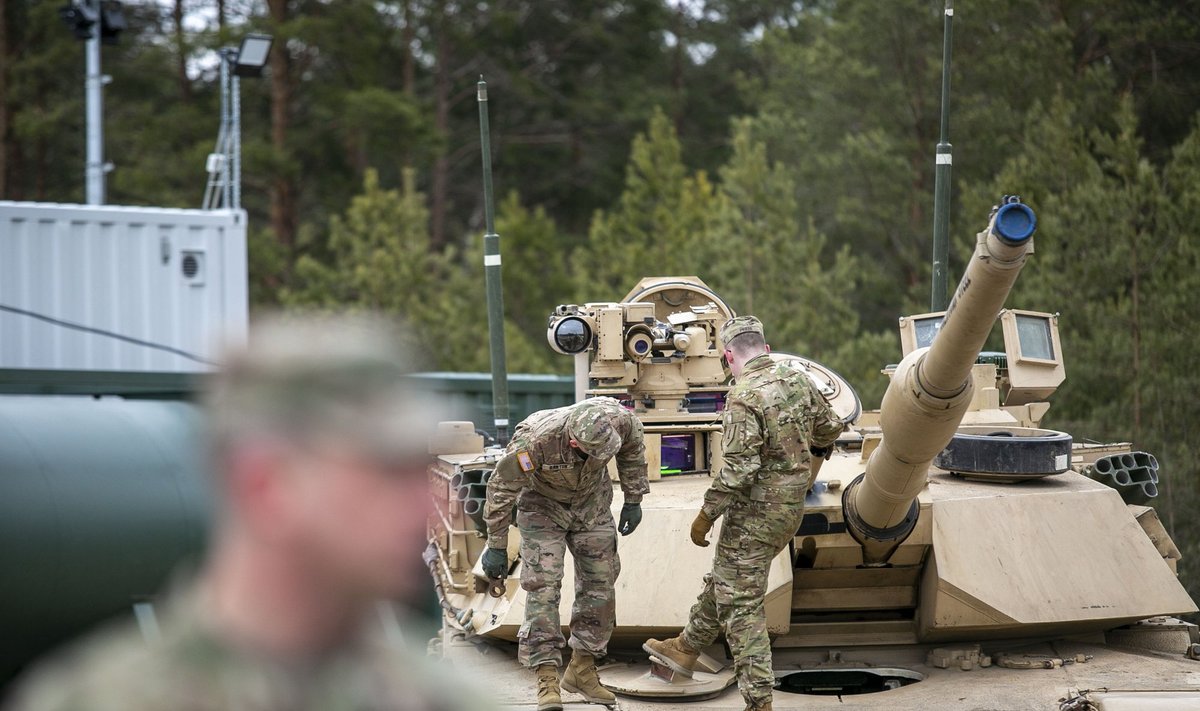It's very important to increase defense spending over this period, he says, adding, however, that Lithuania might face problems procuring weapons as everybody needs them now.
"The upcoming years, speaking about three percent, are the upcoming two to three years. That's the prospect we can realistically plan. And when we plan a state budget, we also see the same three-year prospect, and then we model certain growth," he told the Ziniu Radijas news radio on Tuesday morning.
In an interview with the public broadcaster LRT, aired on Monday, Lithuanian President Gitanas Nauseda said he would propose increasing the country's defense spending next year to at least 3 percent GDP in response to Russia's invasion of Ukraine.
"This period will be absolutely critical for European security. Those will be critical years for Lithuanian security. I don’t even have any doubt that 2022 will go down in all textbooks as the year and the date our children and grandchildren will learn about alongside years like 1014 and others. This is a very important year, and here we need to make even stronger decisions for the future," Budrys said.
Later in the spring, the government will propose to the Seimas to increase defense spending as early as this year from the existing more than 2 percent to 2.5 percent GDP by allocating additional around 250 million euros. Spending will be increased in response to Russia's invasion of Ukraine.
The Ministry of National Defense says the additional funds will be used to procure multiple launch rocket systems, combat drones, anti-tank systems, other types of weaponry, ammunition and accoutrements for troops.
An increasing number of allies have been sending troops to Lithuania recently amid growing fears over regional security. Leading the Lithuania-based international NATO battalion, Germany has sent in several hundred additional troops, and the United States vow to follow the suit. The Netherlands, Norway and several other countries have deployed smaller numbers of their troops.
